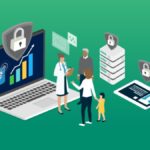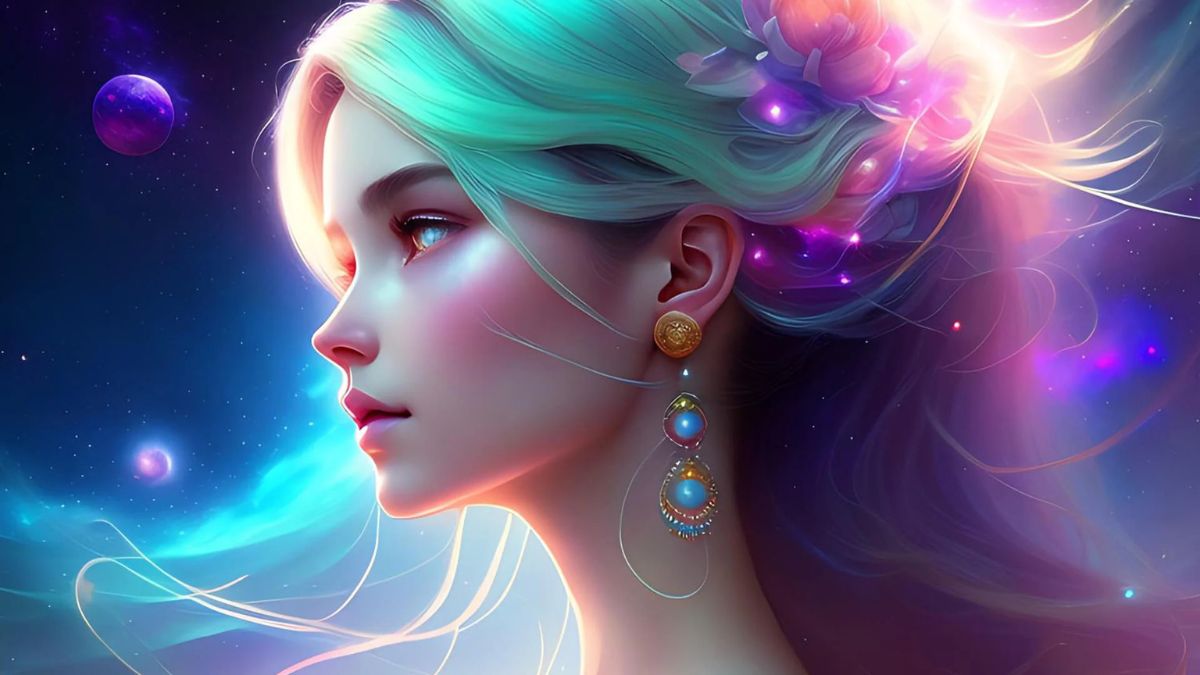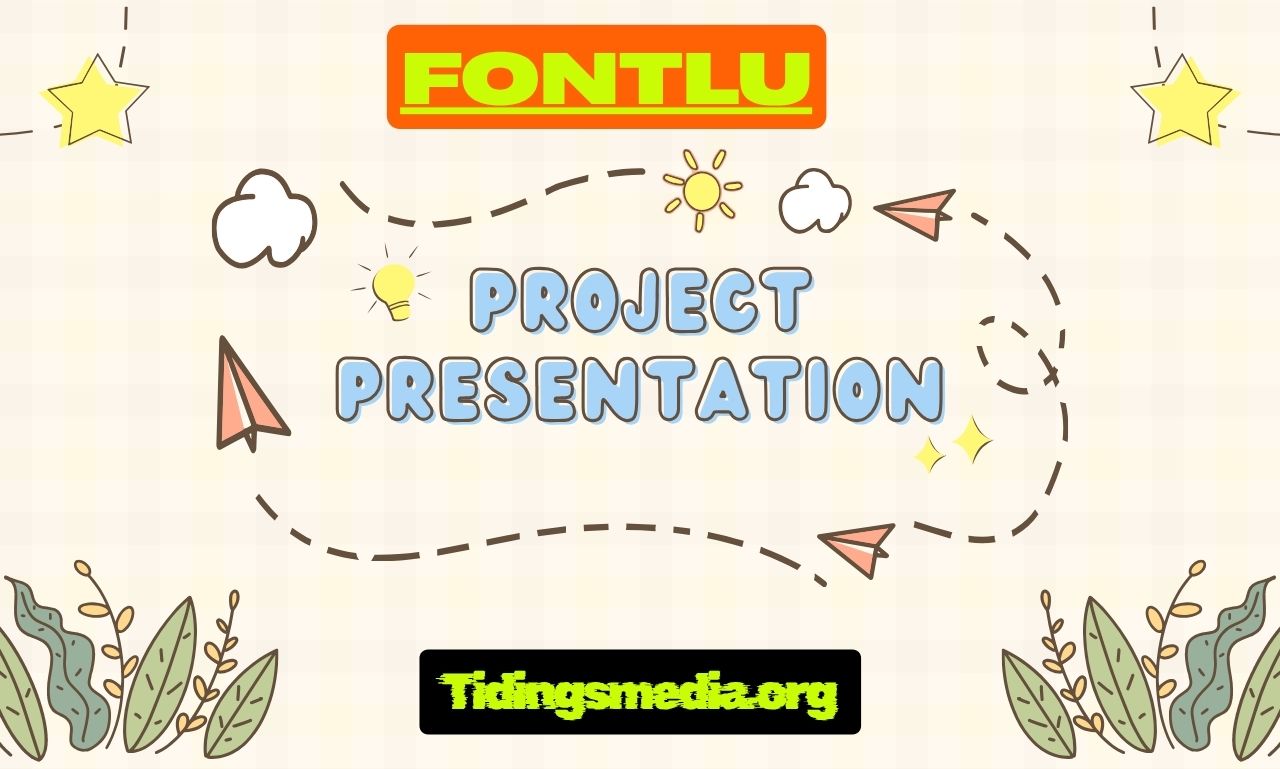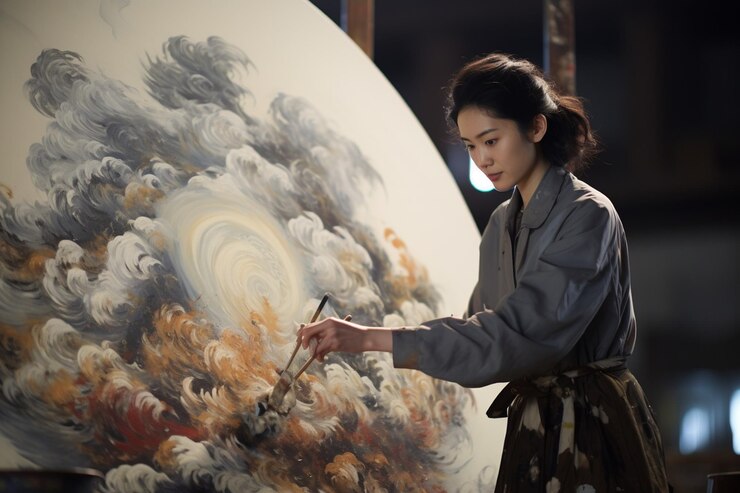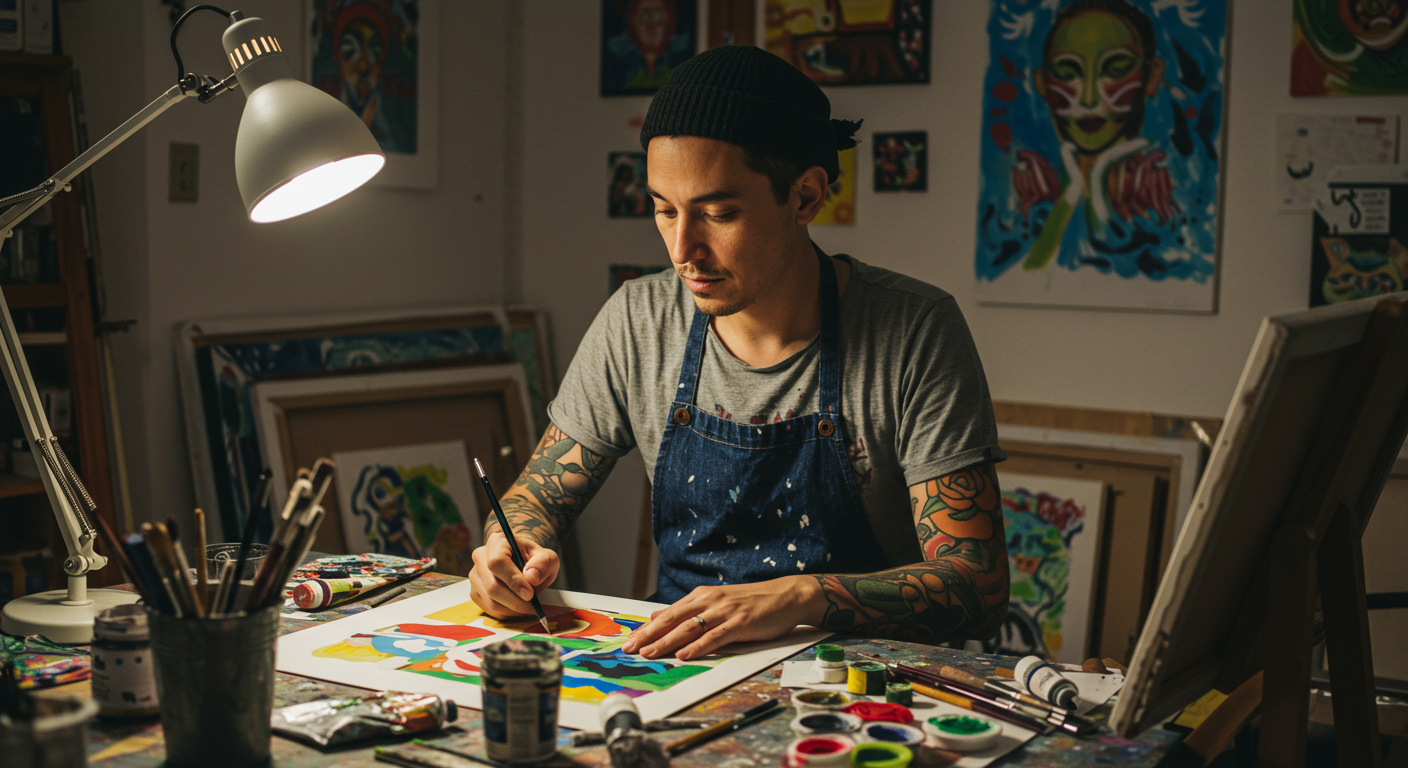Introduction
In today’s rapidly shifting marketing landscape, brands are under more pressure than ever to deliver visually compelling content that resonates with consumers. Traditional methods of design, while still valuable, often fall short in terms of scalability, speed, and personalization. Enter AI-generated art—an innovation that’s redefining how marketers visualize, create, and deploy campaigns from concept to completion.
AI art generators are more than a trend. They are a technological breakthrough empowering companies to accelerate their creative workflows, optimize their budgets, and engage audiences with customized, hyper-relevant visuals. In this article, we explore how AI-generated art is revolutionizing marketing and advertising, providing real-world use cases, benefits, and what it means for the future of creative strategy.
The Rise of AI in the Creative Process
Marketing and advertising have always thrived on innovation. From radio jingles to interactive web ads, the industry adapts rapidly to technological progress. The rise of artificial intelligence marks the beginning of another pivotal shift.
AI art generators use deep learning models, such as Generative Adversarial Networks (GANs) or diffusion models, to create visual content from text inputs, mood boards, or sample data. These models learn from vast datasets to understand styles, themes, colors, and context. The result is original, high-quality visuals ready for commercial use—generated in minutes instead of days or weeks.
Benefits of Using AI Art in Marketing Campaigns
Adopting AI art in marketing unlocks a multitude of advantages for brands of all sizes. Here are the core benefits:
1. Faster Time-to-Market
- AI reduces the production timeline by generating assets on demand.
- Visuals that once took days to illustrate can now be made in minutes.
2. Cost-Effective Creativity
- Avoid high costs of outsourcing to creative agencies.
- Internal marketing teams can produce quality designs at a fraction of the cost.
3. Infinite Scalability
- Create thousands of variations for A/B testing, personalization, and localization.
- Perfect for omnichannel campaigns and global audiences.
4. Customization at Scale
- Tailor artwork for specific demographics, regions, or cultural preferences.
- Dynamic creative generation becomes feasible for campaigns with diverse targets.
5. Experimentation Without Risk
- Marketers can test multiple creative directions without exhausting resources.
- Helps identify what resonates best with audiences using data-driven design.
How Brands Are Using AI Art Generators
Across industries, forward-thinking marketers are already integrating AI-generated visuals into their workflows. Here’s how brands are using AI art generators from concept ideation to campaign execution:
1. Concept Visualization
Creative teams often struggle to communicate vague ideas in the early planning phase. With AI-generated visuals, marketers can create mockups based on a few descriptive sentences. This speeds up approvals and gets everyone on the same visual page.
2. Social Media Campaigns
The high demand for content on platforms like Instagram, Facebook, and TikTok makes AI-generated art a perfect solution. Brands can produce hundreds of stylized images that match trends, seasonal themes, or brand aesthetics.
3. Product Launches
AI art is used to build hype for upcoming product launches through teaser visuals, stylized renders, and mood-setting artwork. These assets amplify pre-launch engagement and anticipation.
4. Personalized Email Marketing
Email campaigns can be personalized with unique visuals tailored to specific customer segments. AI allows marketers to craft visuals based on user behavior, purchase history, or preferences.
5. Out-of-Home Advertising (OOH)
AI-generated visuals are also making their way into billboards, posters, and transit ads. These ads can be updated and localized quickly without compromising on visual quality.
Real-World Application: Retail, Automotive, and Entertainment
Let’s examine how specific sectors are leveraging AI-generated art:
Retail and Fashion
Retail brands are using AI-generated visuals to mock up clothing styles, create seasonal lookbooks, or visualize fashion concepts before physical production. AI helps visualize multiple variants of a product in different settings—urban, nature, luxury—before selecting the most effective for ads.
Automotive
Automakers use AI art to conceptualize new vehicle designs, paint jobs, or even lifestyle-based advertisements. Rather than relying solely on photographers or 3D artists, marketing departments can generate visuals that match the car’s brand story and intended audience.
Entertainment and Gaming
Studios are using AI to develop early-stage artwork for games, film posters, or animated teasers. The ability to brainstorm art styles, worlds, and characters in real-time allows teams to move swiftly from ideation to promotion.
Why AI-Generated Art Outperforms Stock Photos
One of the biggest pain points in marketing is the repetitive use of stock images. AI-generated art offers several advantages over traditional stock libraries:
- Originality: Every image is unique and tailored to your prompt.
- Relevance: Designed to match brand colors, mood, and message.
- Consistency: Multiple images can be generated in the same style, ideal for branded campaigns.
Unlike stock photos, which may not match a brand’s tone or might be used by competitors, AI art gives exclusive and consistent visuals.
Ethical and Legal Considerations
Despite the benefits, marketers must consider copyright, ethics, and authenticity. AI-generated art should be created using tools that respect intellectual property and offer commercial licenses. Transparency with audiences also matters—disclosing that content is AI-generated maintains trust and aligns with ethical standards.
Additionally, brands should ensure that AI-generated content does not reinforce stereotypes, propagate misinformation, or mislead users with manipulated visuals. The human element in reviewing and curating AI content is still essential.
The Future of AI Art in Marketing
The momentum behind AI-generated art is only increasing. In the near future, we can expect:
- Real-time Creative Optimization: AI will generate new visual content on the fly based on real-time campaign performance.
- Voice-Driven Design Tools: Marketers may describe an idea verbally and receive complete visual mockups.
- 3D and Motion Art Generation: AI will generate not just static images, but immersive 3D models and animations for AR/VR campaigns.
- Cross-Channel Integration: AI-generated assets will seamlessly adjust for all platforms—social media, print, mobile, and web.
Strategic Integration: How to Get Started
For marketing teams looking to integrate AI art into their workflow, here’s a strategic roadmap:
Step 1: Define Campaign Goals
Be clear on what you want to achieve—higher CTRs, more engagement, better brand recall—and how visuals play into that.
Step 2: Choose the Right AI Art Generator
Select a tool that offers commercial licensing, user control, and customization features. One such powerful tool is ai art generator by DeepBrain AI.
Step 3: Train Your Team
Invest time in training your creative and marketing team to use the platform effectively. Understanding prompt engineering and visual strategy makes a difference.
Step 4: Pilot Small Campaigns
Run A/B tests with AI-generated visuals versus traditional creatives. Evaluate what performs better and how users react.
Step 5: Scale with Confidence
Once proof of concept is achieved, expand the use of AI art across departments and campaigns for maximum impact.
Conclusion
AI-generated art is no longer a novelty—it’s a strategic asset for modern marketing. From streamlining the creative process to producing scalable, personalized campaigns, AI is reshaping what’s possible in visual storytelling. Brands that adopt these tools early will have a competitive edge, not just in content creation, but in how they connect with their audiences.
With platforms like the ai art generator from DeepBrain AI, companies can now bring imagination to life faster, more affordably, and at greater scale than ever before. The future of marketing is here—and it’s being drawn by algorithms.
